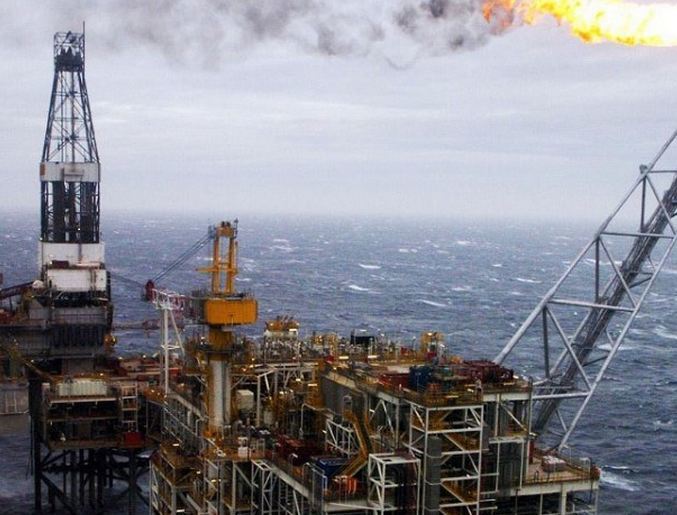
Oil fell for a second day as U.S. crude stockpiles remained well above the seasonal average, signaling a global surplus may persist.
Futures dropped as much as 0.7 percent in New York. While inventories shrank by 2.68 million barrels last week, supplies are still 89 million above the five-year average for this time of the year, according to the Energy Information Administration. Crude at $80 will be an “equilibrium price that will prevail” in the long term, said Fabio Scacciavillani, the chief economist of Oman Investment Fund.
Oil’s recovery from a six-year low has faltered amid speculation the 40 percent price advance since March is spurring production. The U.S. is pumping near a record pace while Saudi Arabia, Iraq and Kuwait are leading an increase in output from the Organization of Petroleum Exporting Countries.
“It’s driving time, so expect declines in stockpiles,” Jonathan Barratt, the chief investment officer at Ayers Alliance Securities in Sydney, said of the peak season for gasoline consumption. “There is no shortage of oil at the moment and not enough demand.”
West Texas Intermediate for July delivery decreased as much as 41 cents to $59.51 a barrel in electronic trading on the New York Mercantile Exchange, and was at $59.58 at 12:25 p.m. Singapore time. The contract lost 5 cents to $59.92 on Wednesday. Total volume was about 59 percent below the 100-day average. Prices have risen 12 percent this year.
U.S. Supply
Brent for August settlement slid as much as 31 cents, or 0.5 percent, to $63.56 a barrel on the London-based ICE Futures Europe exchange. It climbed 17 cents to $63.87 on Wednesday. The European benchmark crude traded at a premium of $3.68 to WTI for the same month.
Crude inventories in the U.S., the world’s biggest oil consumer, fell to 467.9 million barrels through June 12, EIA data Wednesday showed. That’s a seventh weekly drop.
Stockpiles at Cushing, Oklahoma, the delivery point for WTI contracts and the nation’s largest oil-storage hub, expanded by 112,000 barrels for the first weekly gain since April. Refineries operated at 93.1 percent of capacity, down from 94.6 percent.
Production slowed by 21,000 barrels a day to 9.59 million, the first decline in four weeks, according to the Energy Department’s statistical arm. Output in the prior period was at the highest level in records dating back to January 1983.
OPEC Output
The market has “seen the lows” of prices, Scacciavillani said in an interview in Dubai. Oil at $80 would assure sufficient production to meet demand, he said. Global consumption will average 94 million barrels a day this year, the International Energy Agency estimated June 11.
Rising U.S. supply is bolstering the country’s influence in global crude markets while diminishing the power of OPEC, Igor Sechin, the chief executive officer of OAO Rosneft, said in St. Petersburg. The company is Russia’s biggest producer.
OPEC, whose 12 members pump about 40 percent of the world’s oil, maintained its output quota of 30 million barrels a day at a June 5 meeting as it sought to defend market share against higher-cost producers. The group has exceeded its target the past year, data compiled by Bloomberg showed.
Recommended for you
